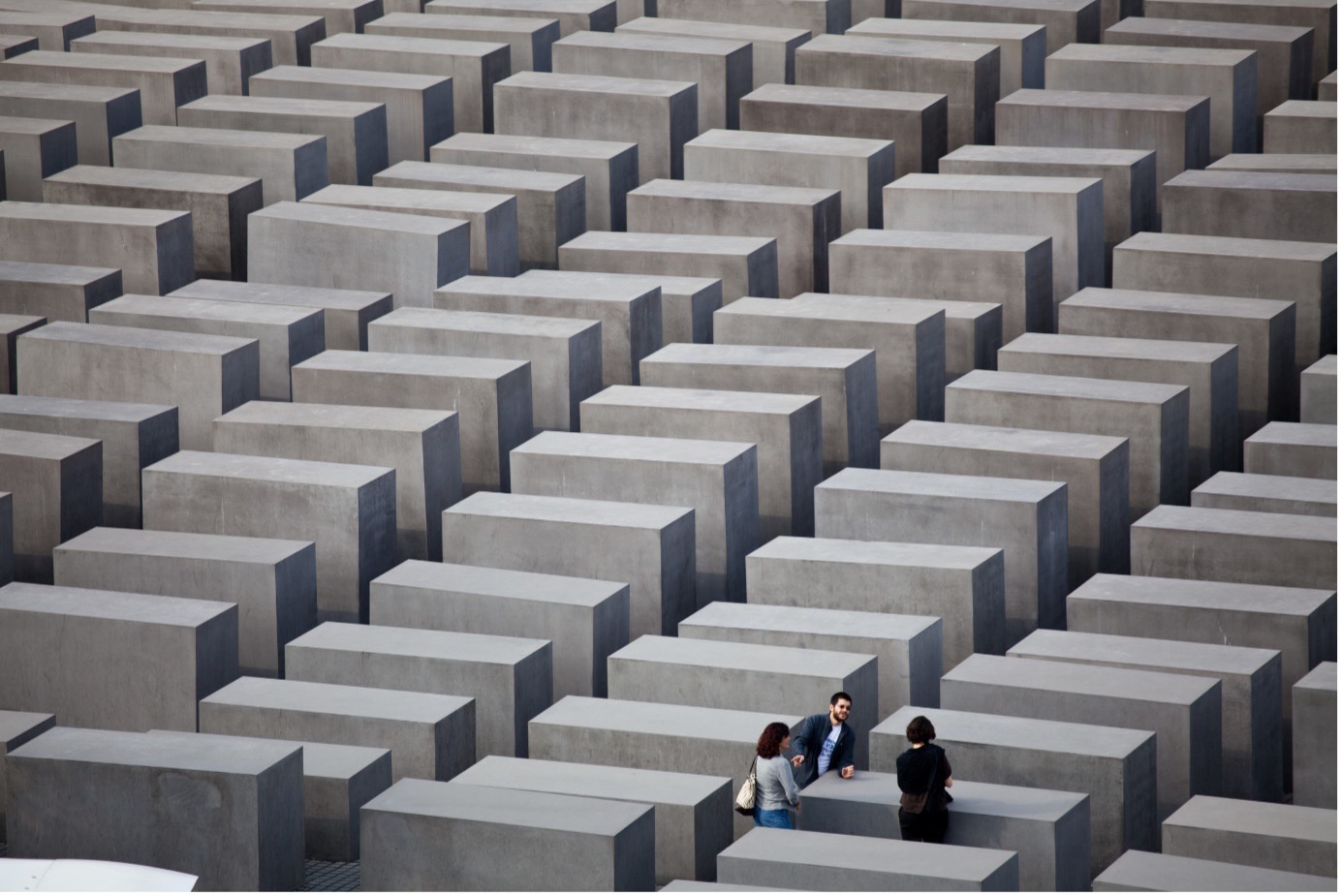Architecture to Remember
What should a good memorial achieve?
Should it inspire visitors from all over the world? Should it speak directly to victims and their loved ones? Should it act as a daily reminder to not repeat history?
Perhaps all of these ideas are true, but how can one define a singular method for memorializing through architecture, when humans each process grief and trauma in such diverse ways?
Some of the world's most famous architectural memorials; the 9/11 Memorial Pools in NYC (Michael Arad), the Memorial to the Murdered Jews of Europe (Peter Eisenman), and The Hiroshima Peace Memorial Park (Kenzo Tange), all adopt stripped-back, simple geometry. Perhaps the idea is a lack of ornamentation that forces you to reflect, the scarceness inducing a feeling of power and presence.
This is a contrast to typical pre-WWII memorials, most of which were heavily ornate statues of individuals. The ornamentation is used as a tool to remind the public that this person should be 'celebrated'.
Consider how these memorials age over time. We know that as generations pass, what is being memorialized shifts. People’s opinions change, society educates itself, and something that was once celebrated now causes great harm.
It makes me wonder how future generations will respond to the ornamentation-free memorials of the present.






